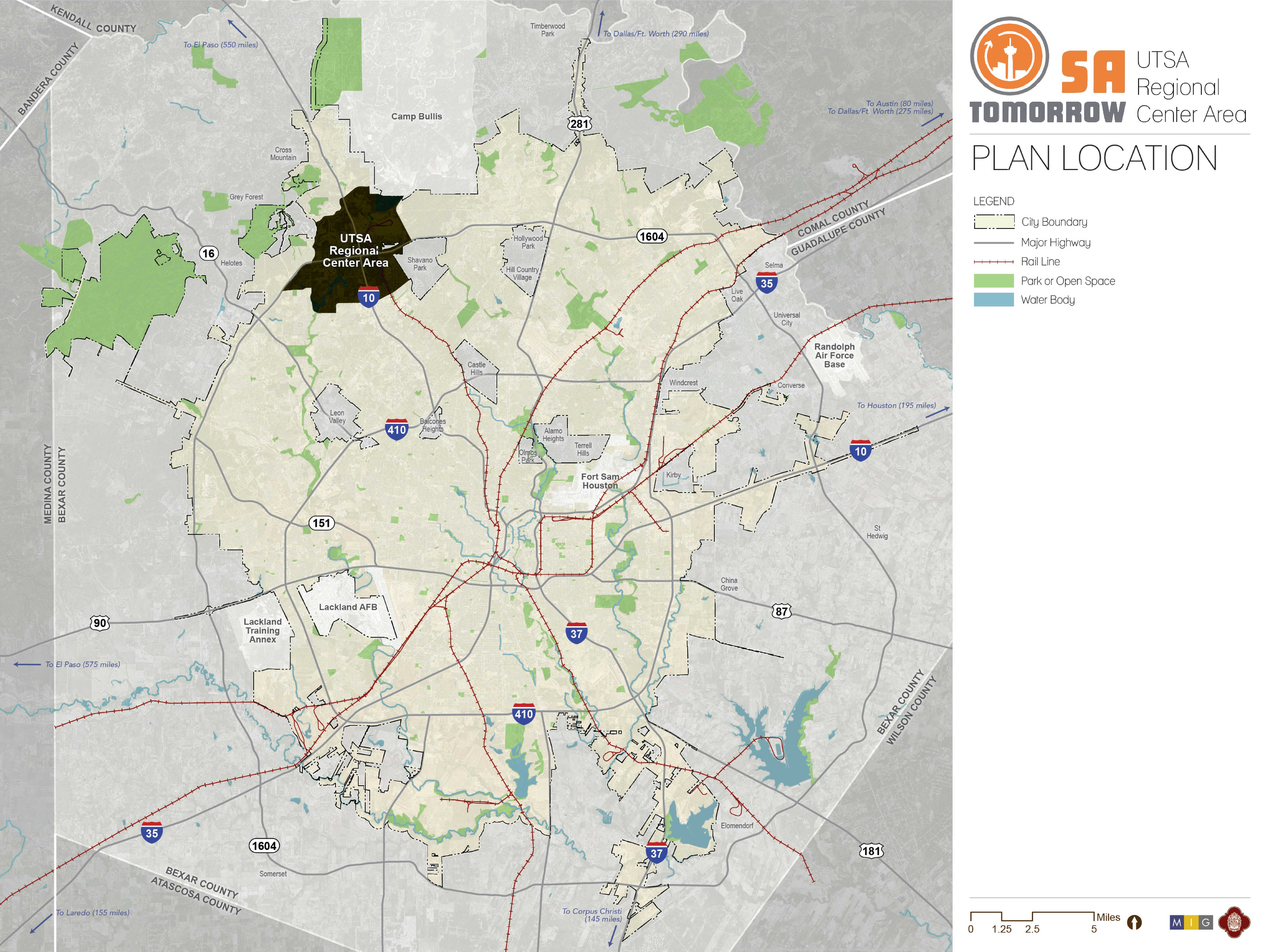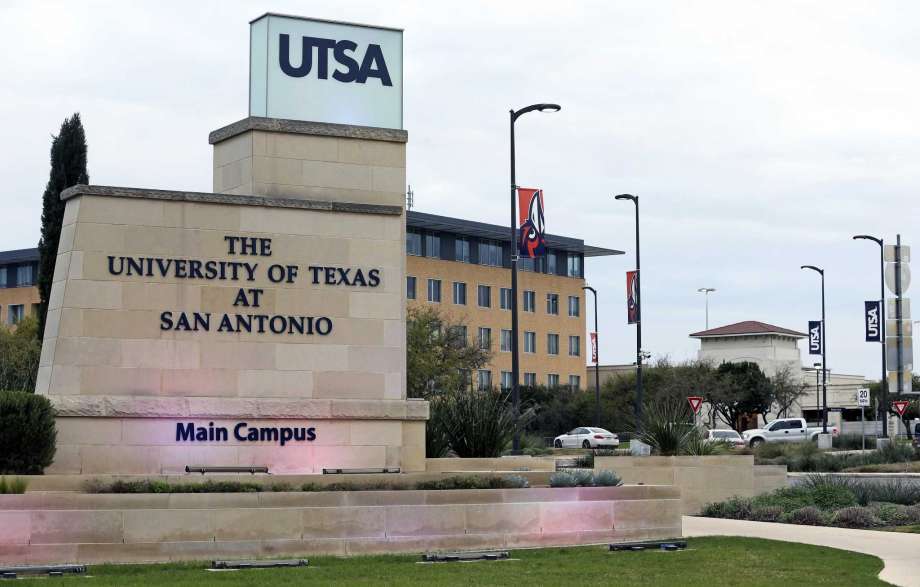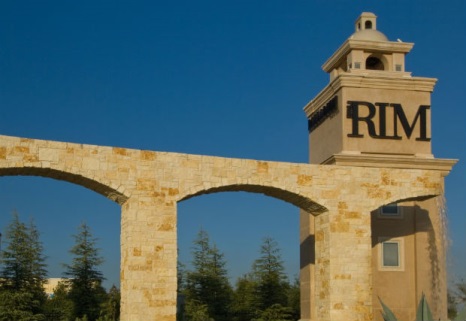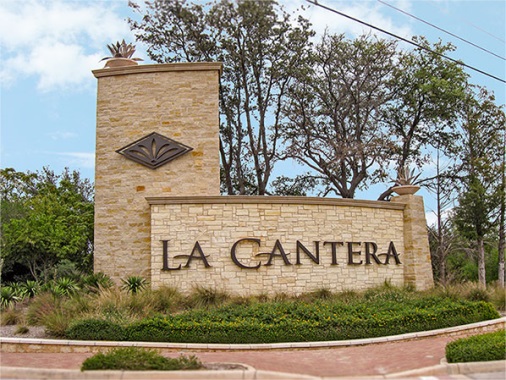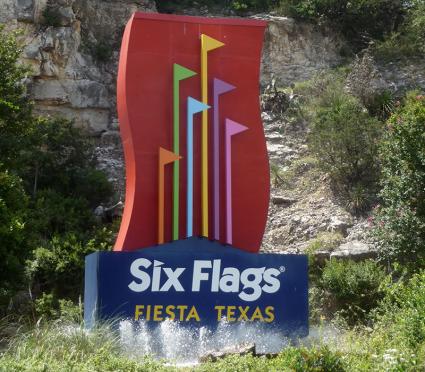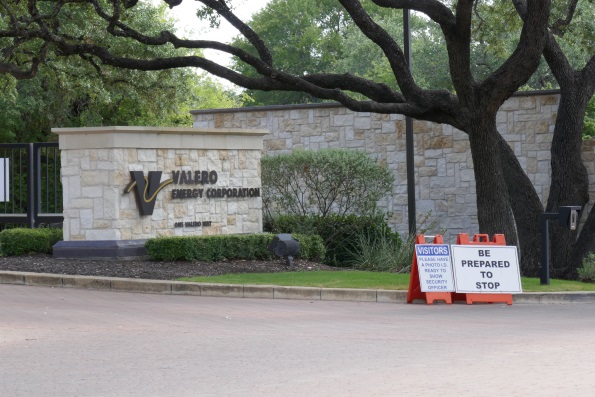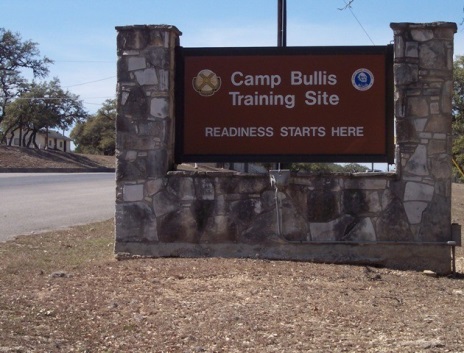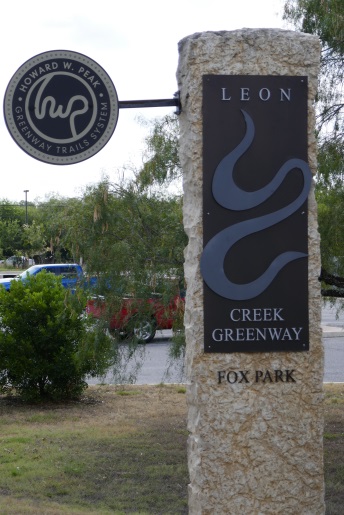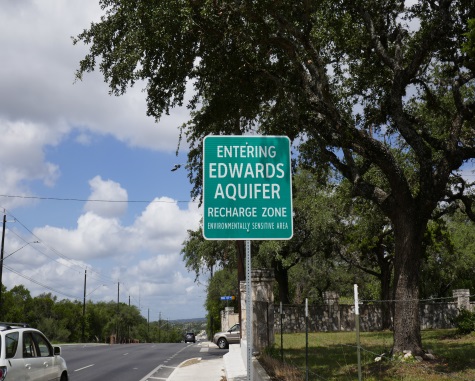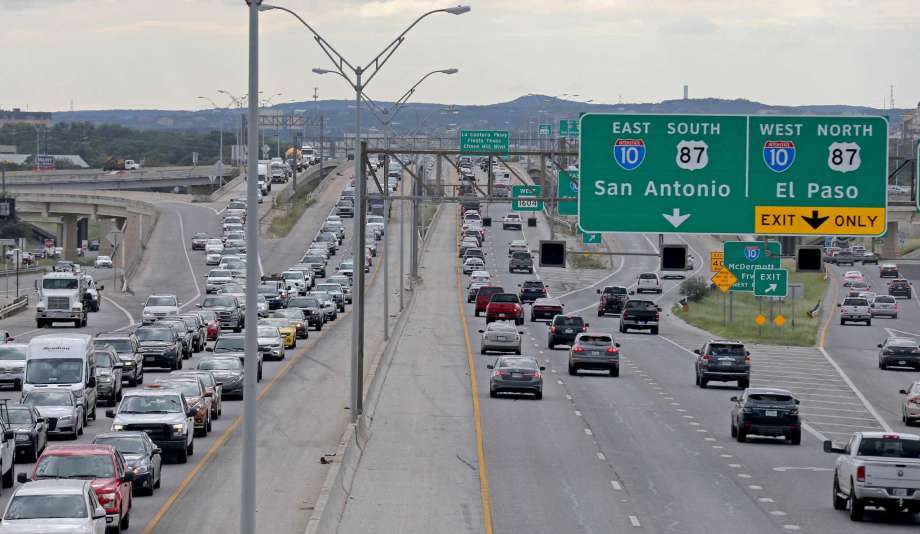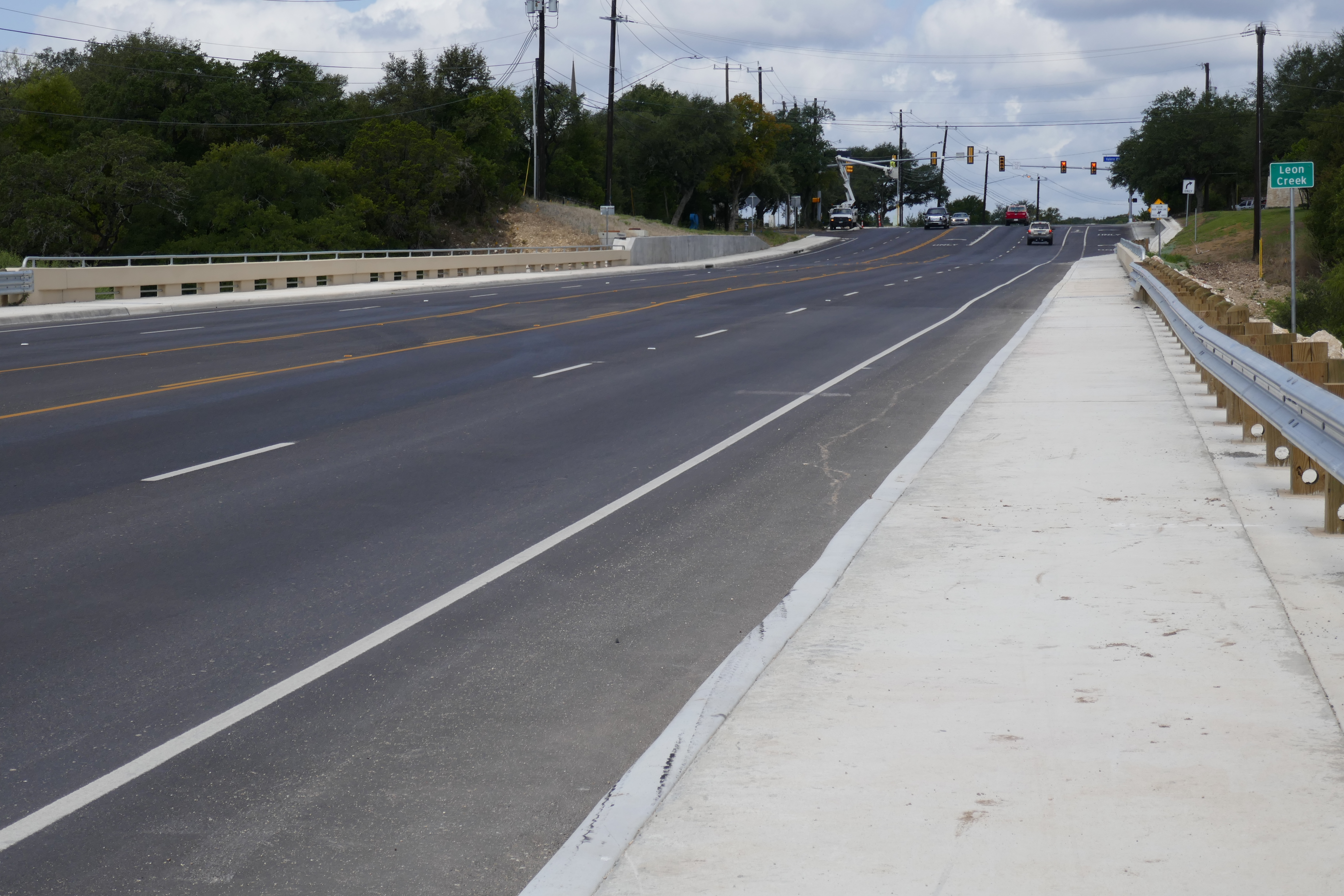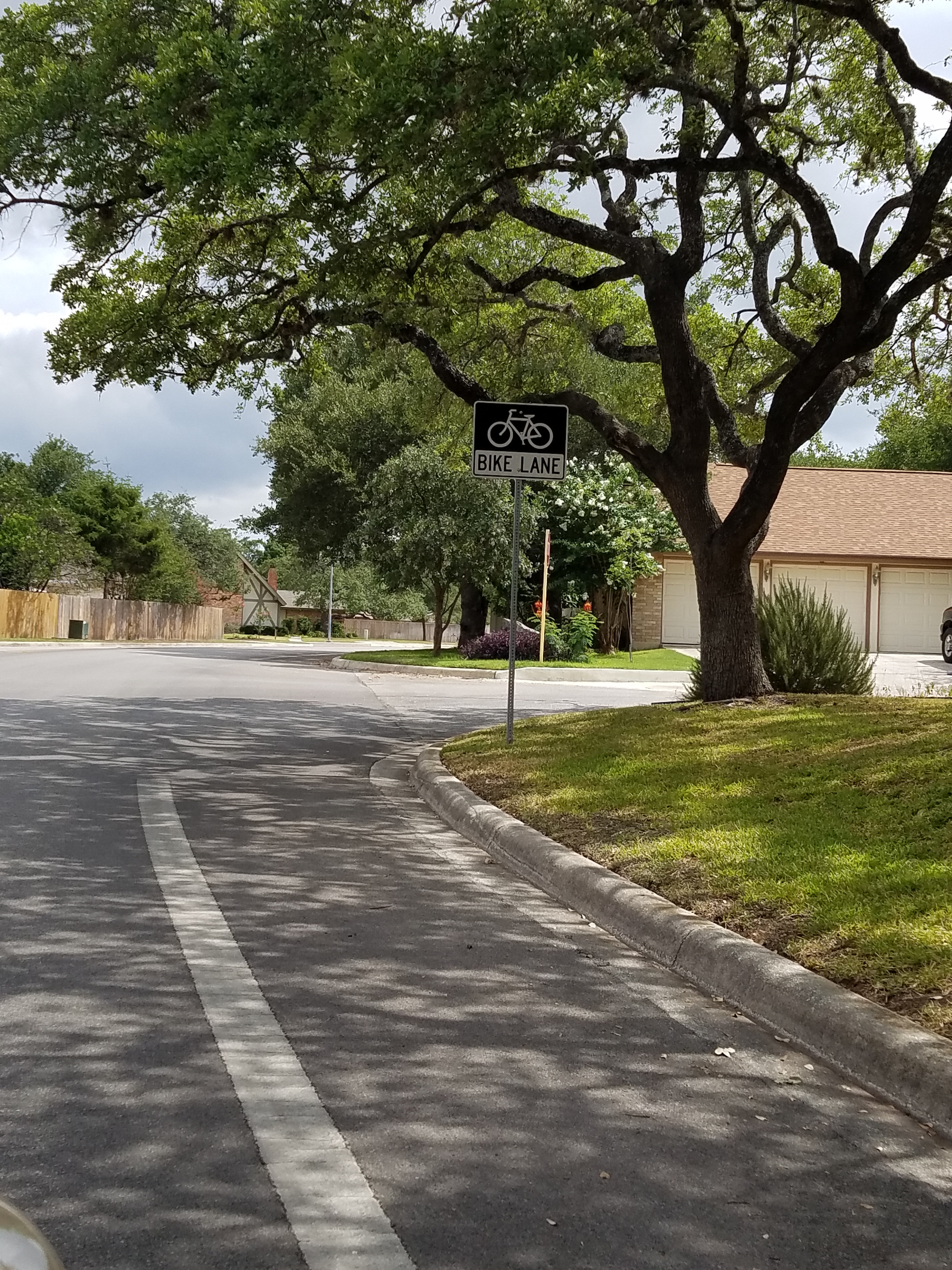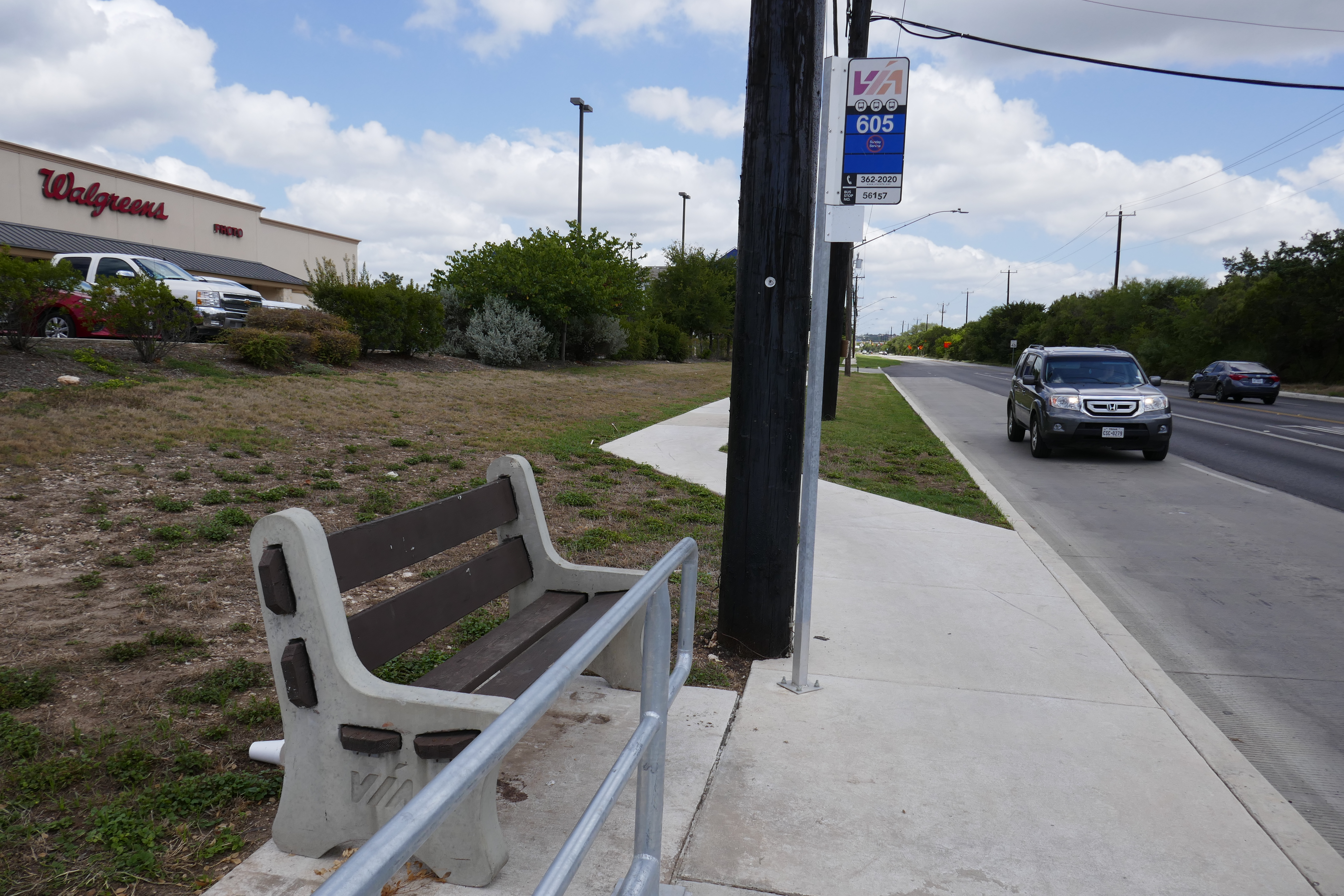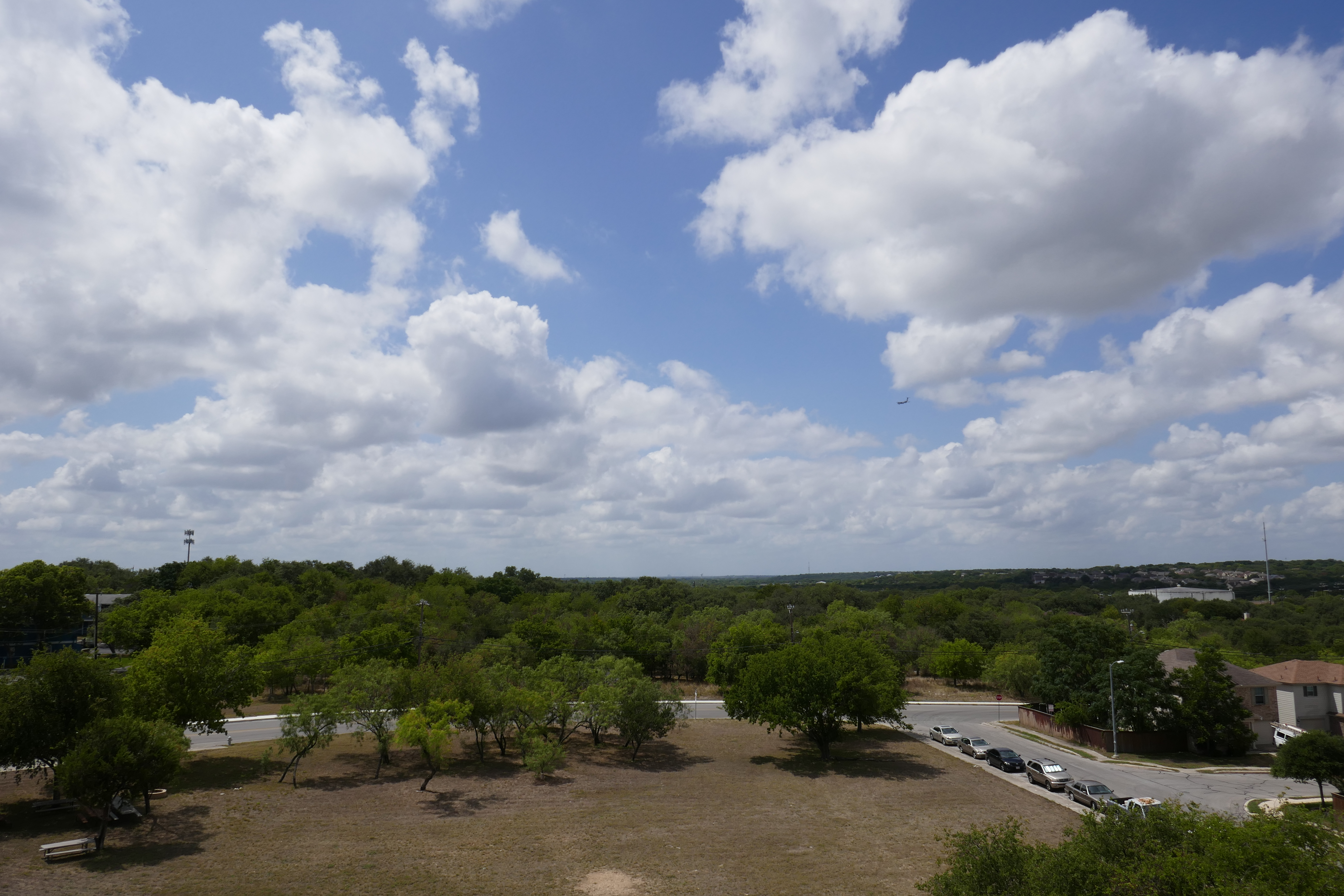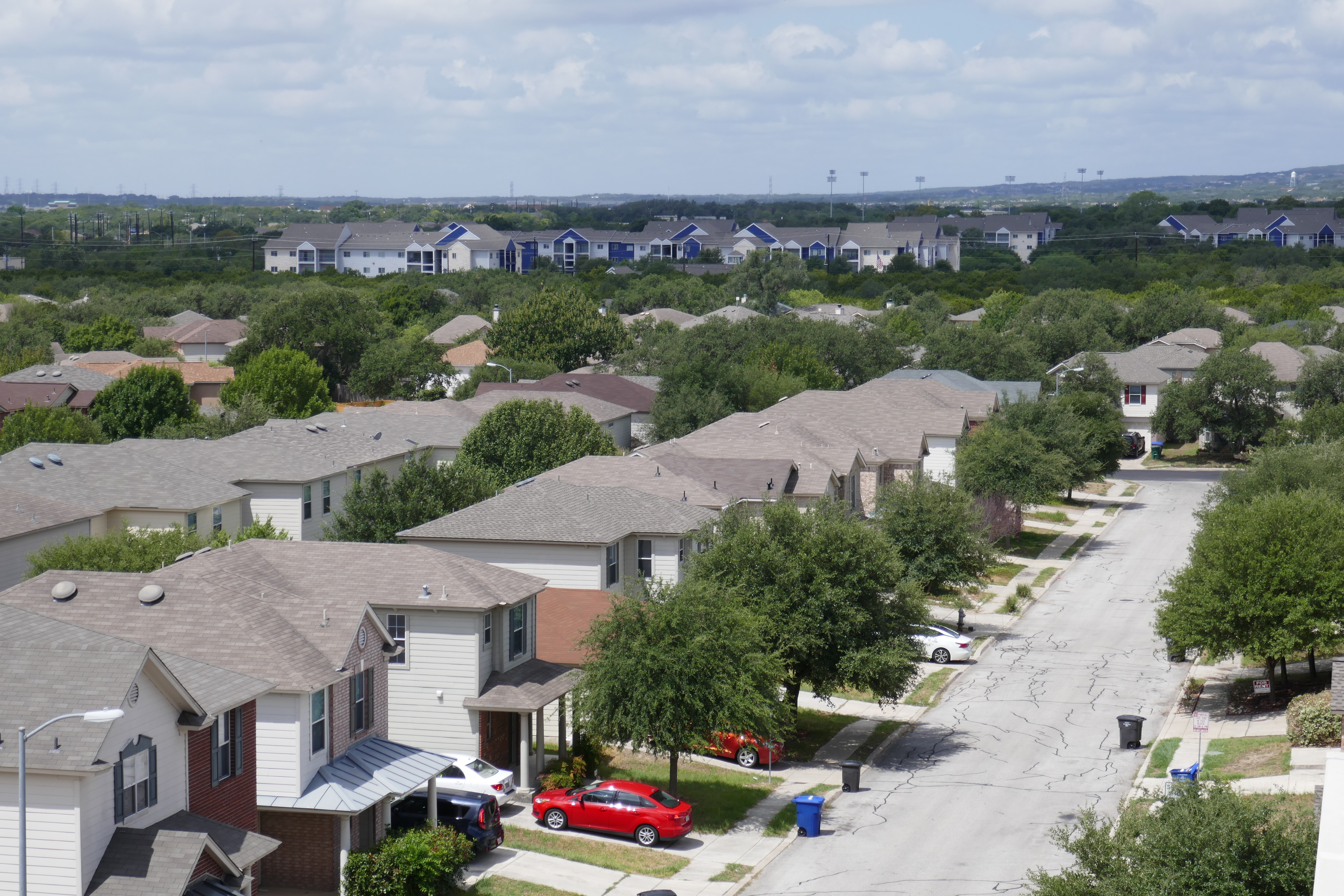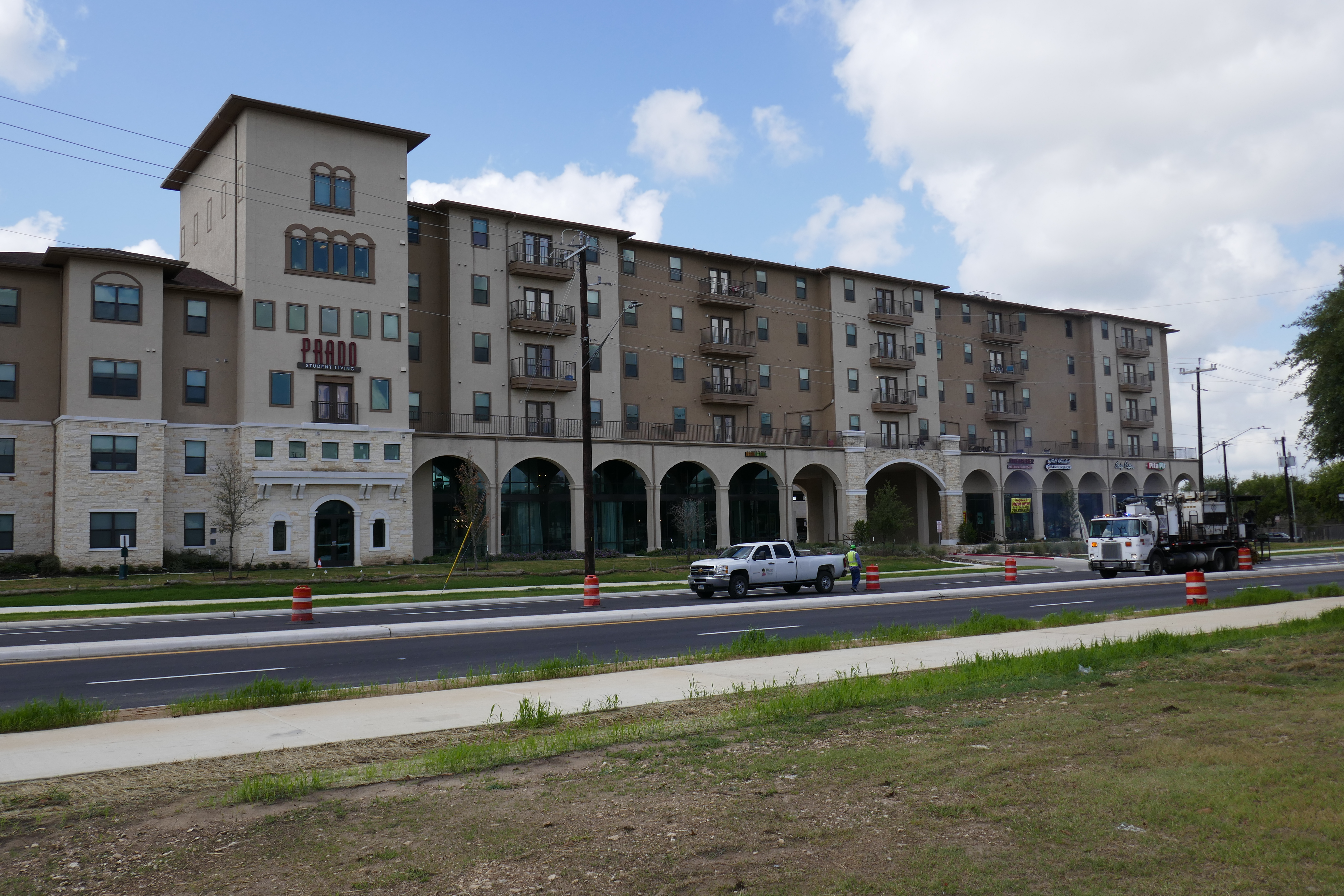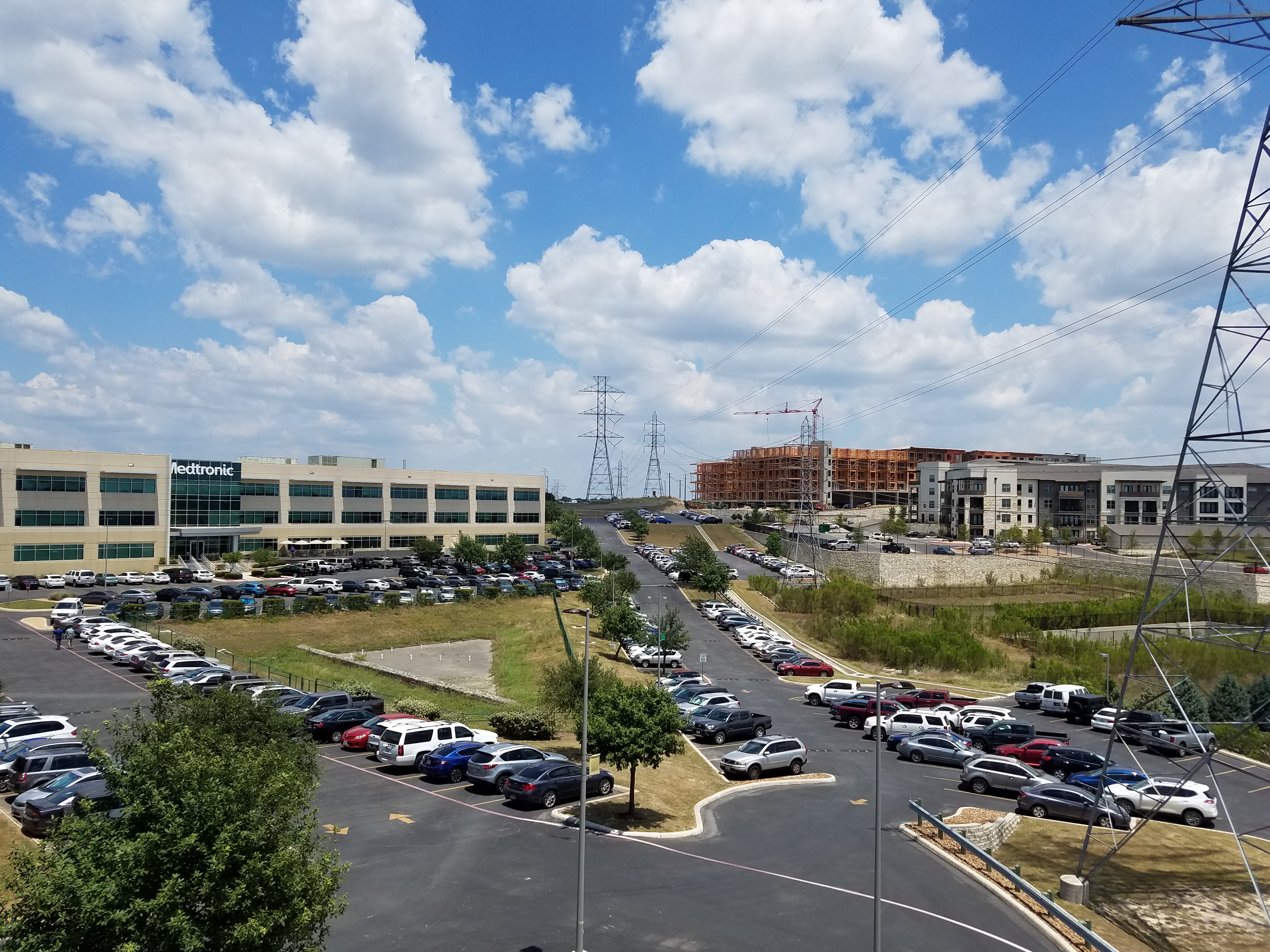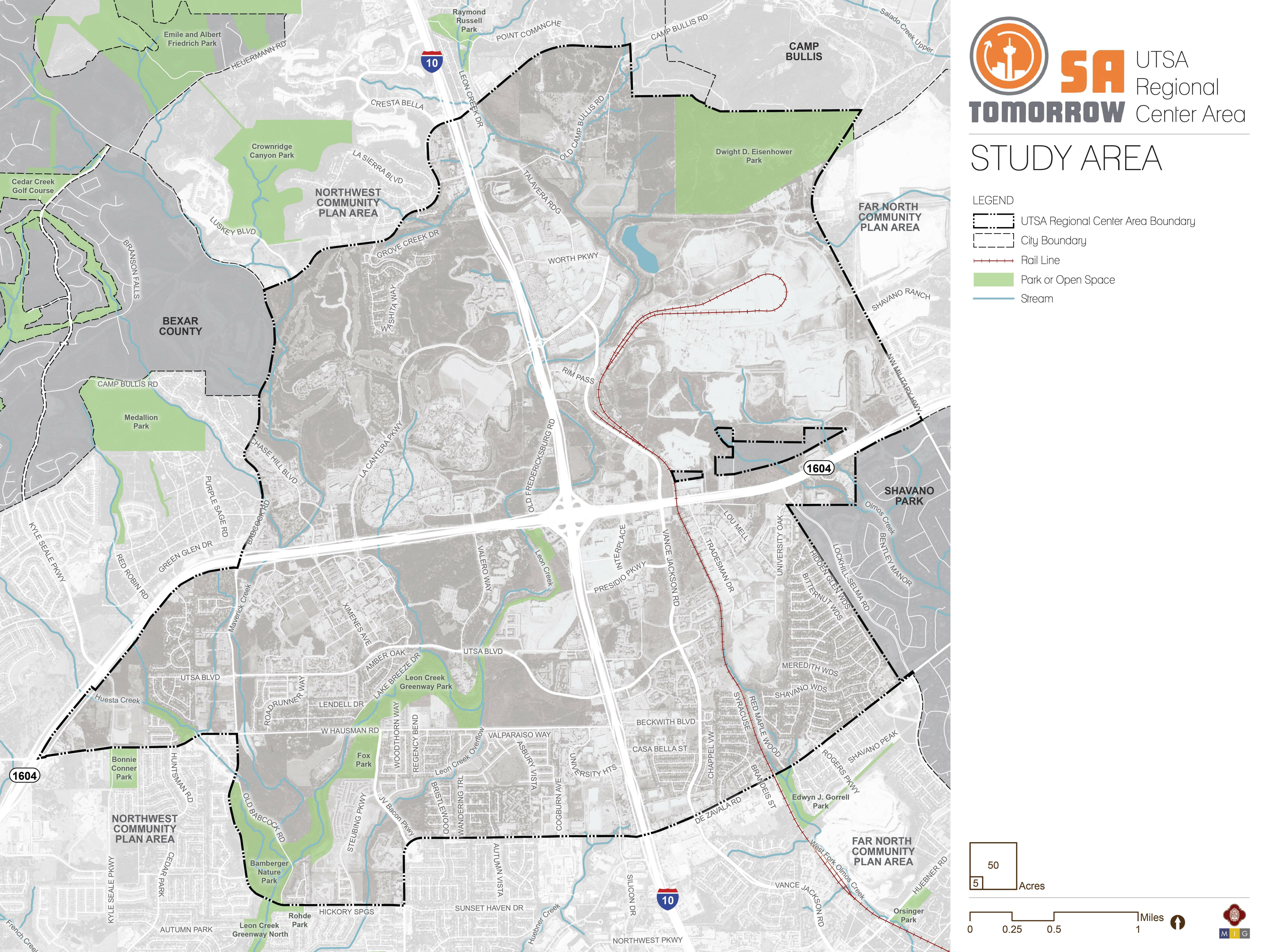Existing Conditions
UTSA Area Regional Center
Explore the tabs below to learn more about the assets, challenges and opportunities in the UTSA Area and to view our study area map.
Assets
The UTSA Area is a destination for many people because of the shopping, entertainment, educational, and natural amenities. The area has a significant student population, and is one of the fastest growing areas of the City. Employment is anchored by large retail centers and large employers such as the University of Texas at San Antonio, The RIM Shopping Center, The Shops at La Cantera, Six Flags Fiesta Texas, Valero Energy, Beckmann Quarry, and Security Service Federal Credit Union. Camp Bullis, which is located adjacent to the UTSA Area Regional Center, provides important employment, economic, and partnership opportunities for our city as well. This area is also characterized by a unique natural environment which includes the Edwards Aquifer Recharge Zone and the Leon Creek Greenway.
Challenges
A major challenge for the UTSA plan area is connectivity for all modes of transportation. Roadways service the large campuses and major entertainment and commercial attractions. Access roads for I-10 and Loop 1604 provide access to these developments, but do not connect to residential neighborhoods located in the southwest and southeast portions of the area. High-quality transit service is needed to address the issues and constraints of the current bus service along the corridors, as well as to better serve current riders and attract new riders to the system. Existing bike lanes lack connection to nearby transit facilities and recreational trails. Sidewalks are present in much of the UTSA Area Regional Center; however on many roadways, sidewalks are on only one side of the road. The lack of sidewalks and bike lanes restricts access to VIA services, as many transit trips begin as pedestrian or bicycle trips.
The UTSA Area is also challenged by a lack of housing diversity. Low density, single-family detached homes and medium density apartments are the prevailing housing options. Additional mixed-use and higher-density housing developments would expand the range of available housing choices, and could aid in addressing some of the mobility and connectivity challenges in the area by reducing the need for private vehicles and increasing the likelihood of utilizing alternative modes of transportation such as public transit, walking, and bicycling.
Opportunities
Commercial, industrial, institutional and residential uses are fairly balanced in the UTSA plan area. The amount of vacant land in this regional center is an opportunity, as many of San Antonio's other regional centers are near build-out and have limited space to absorb future growth. However, much of the land classified as "vacant" in the UTSA Area is not actually developable due to utility and stormwater easements, floodplain, and extreme elevation changes. Providing support to this area through the development of a wider range of housing choices for different income levels, diversification of transportation opportunities to relieve roadways and highways, and increased access to and connectivity of green spaces will make the area even more attractive for visitors and residents as a live, work and play destination.
Sub-Area Plans and Existing Neighborhood and Community Plans
Sub-Area Plans such as the UTSA Area Regional Center are intended to provide a coordinated, efficient, and effective approach to planning in San Antonio. In contrast to other Regional Centers and Community Areas, there are no existing adopted Neighborhood or Community Plans to incorporate into the UTSA Area Regional Center Plan. Additionally, there are a limited number of registered neighborhood and home owners associations in the UTSA Area, and only a couple of association representatives were able to participate directly in the development of the Plan. Planning Department staff worked with the broader neighborhood coalition Northside Neighborhoods for Organized Development (NNOD), to identify general opportunities, challenges, and priorities for residential areas in the Plan area.
Comprehensive Plan Regional Centers
.jpg)
While most cities have one or two larger employment centers, we have 13. This provides challenges and opportunities. A major organizing element for the Comprehensive Plan is to focus growth in these regional centers, building on the existing pattern of development. They’re envisioned as new “places” where we live, work, and play.
New development is already gravitating to these centers and we can guide additional growth in these areas. Each center is different and its development will be influenced by its existing uses. However, many of the centers are also well-positioned to develop as vibrant mixed-use places. They offer a variety of housing options and price ranges, allow higher-density and incorporate carefully designed and located amenities that will benefit both residents and employees of the center. Each center’s character can attract a different mix of businesses and employees. Therefore, San Antonio must focus its investment and infrastructure strategies on supporting and leveraging the unique identity and assets of each center.

